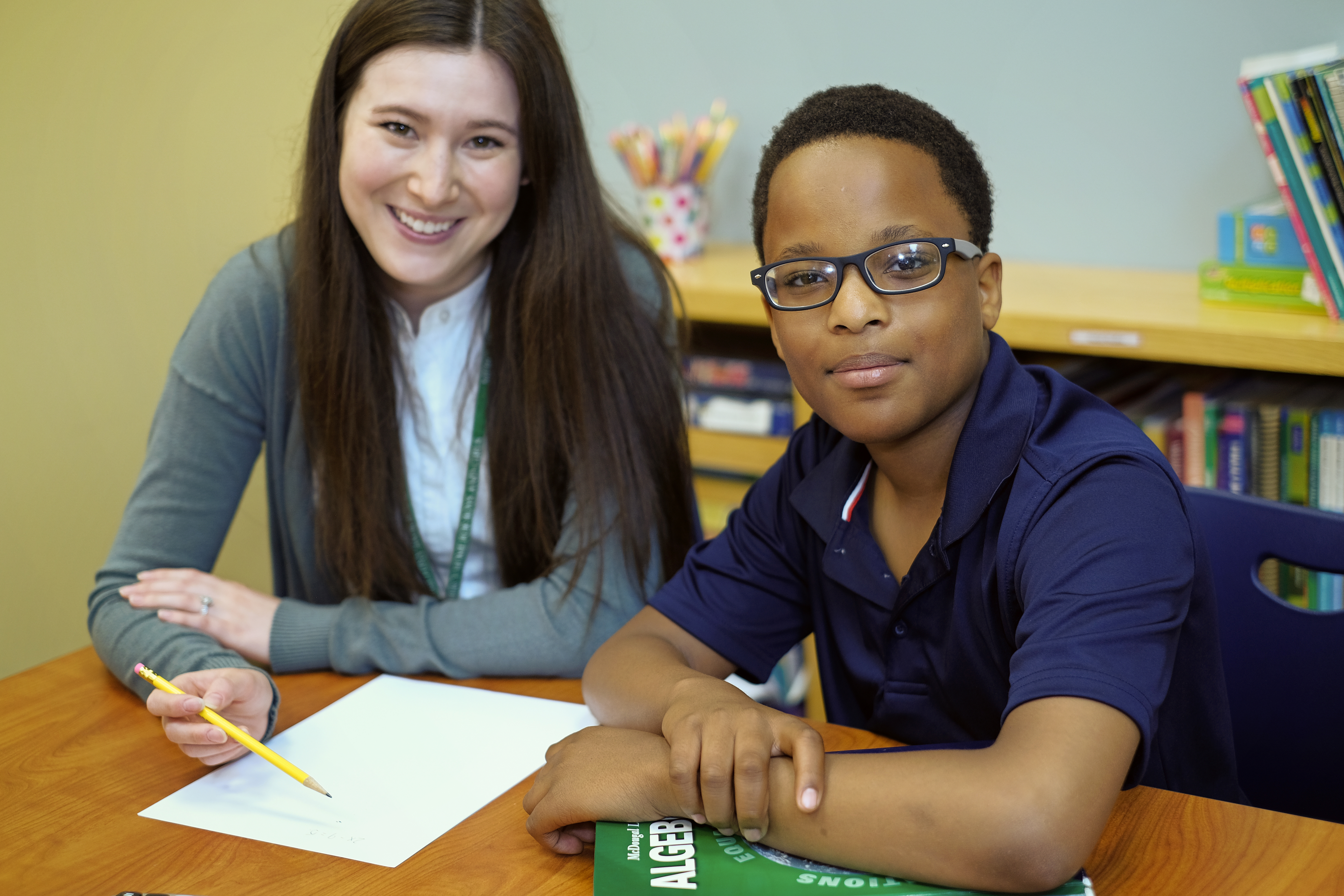Partnering with Your Child for School Success
Mercy Home has been providing educational solutions to kids since 1887. Take a look at these 5 ways to support...
February 11, 2025
November 13, 2019
The Chicago Teacher Union and SEIU members returned to their schools and classrooms on Friday, November 1. Teachers and school personnel may no longer be on the picket lines, but the educators will feel the impact in the next weeks and months ahead.
Financially, the union workers on the picket lines will not get a full paycheck until after the holidays. Because school staff and teachers do not get paid when they are not in schools, they do not get paid when they are on strike nor during holidays. With Veteran’s Day, Thanksgiving break, and winter break coming up, the next several paychecks that union members get will be small. This means several things for teachers. First, it will feel like teachers are working for nothing, because in the coming weeks that they are working, their pay will be zero or low. This low paycheck makes member feel like they are working for free. Many school personnel may be living paycheck to paycheck, and if something out of the ordinary happens, such as a car breaking down or a health issue, the financial strain on teachers will increase.
And, even though members were out on the picket line together, not everybody was in agreement with the strike. Some members even crossed the line and continued to work. These tensions on the picket line don’t end when the strike is over, and now all school staff need to work together to help educate students. If school staff aren’t getting along, students may feel the impact of this discord. Additionally, administrators were tasked with keeping schools going. Because of this, they were often demonized by the unions, even though, more often than not, administrators support what unions are fighting for. Many principals and assistant principals are former union members themselves and agree on the principles of what members are asking for.

Photo by LaTerrian McIntosh on Unsplash
The impact on students is considerable. They lost 11 instructional days, putting them behind on year-end goals. But, for the most part, students will only be impacted by the strike if it negatively impacts their teachers and staff. Even so, students get mixed messages of what the strike was about. Through Twitter and the media, teachers can get a bad rap, sometimes demonized as greedy and out for themselves. Students don’t always get the correct notion of what the strike is about, and instead they get a biased view.
Mentally and emotionally, being on the picket line and out of work can be draining and it is an adjustment coming back to your typical routine. Many teachers love being in front of kids and not being able to be in their classroom is difficult. School staff does a lot to build routines in the beginning of the year and the strike can feel like a set back in many ways.
Despite all of this, the strike doesn’t have to be a setback for school staff and students. We’ve put together some ways to develop resiliency after the strike in your classroom and school.

Whether you are an administrator, teacher, aide or student we can all work to bounce back from the strike in a positive way if we are mindful, intentional and positive. Now that students and teachers are back in the classroom work in your school to build a fun learning environment for all.
Mercy Home has been providing educational solutions to kids since 1887. Take a look at these 5 ways to support...
February 11, 2025
Four types of love -- storge, agape, philia, and philautia -- prove that our most essential human emotion is not...
February 9, 2025
For the parents of teenagers, it may not come as a surprise when your child suddenly starts spending more time...
April 10, 2023
Comments